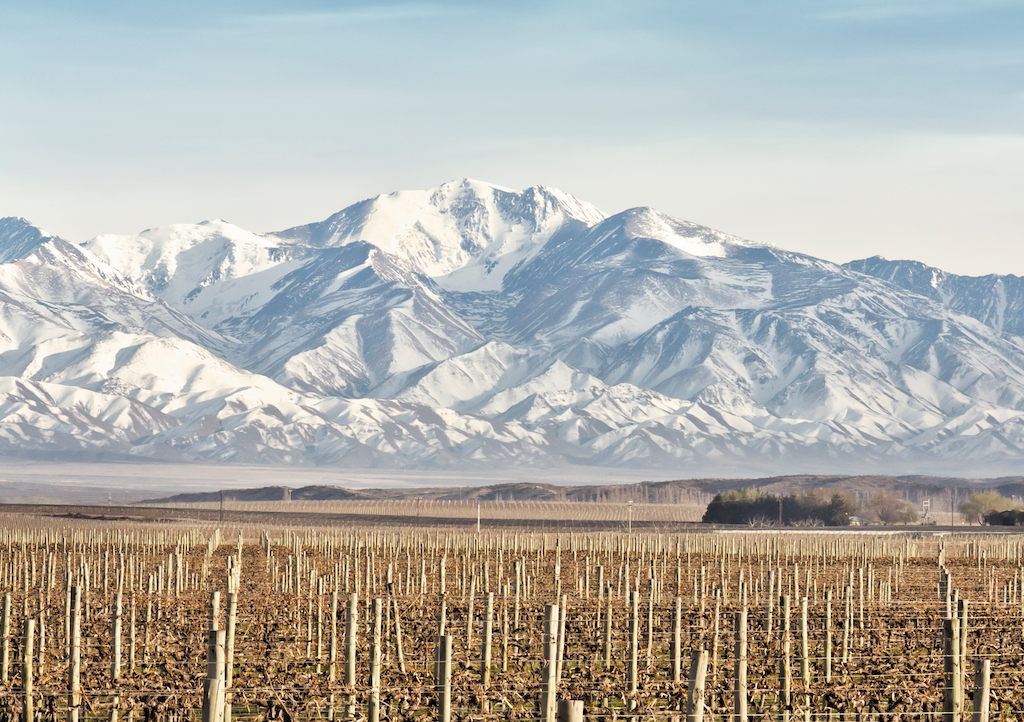
Southern hemisphere wines to receive post-Brexit boost
Wines from the southern hemisphere will thrive most in post-Brexit Britain, according to the latest Wine Trade Monitor from food-and-drink communications agency Sopexa.
Over half of the UK wine-trade professionals surveyed (53%) predicted growth for Chilean wine, with 45% expecting Australian wines to benefit, and 40% Argentinian wines. More than one-in-four see potential growth for native wines once Britain has left the EU, while 79% think English sales of sparkling wines will rise.
The UK trade also has the highest expectations of the organic and biodynamic category, among the countries surveyed, at 63%, with the US second at 58%. Worldwide, 42% of those surveyed thought organic and biodynamic wines the major growth category over the next two years.
Some 24% of UK respondents also see potential in the low-alcohol segment, with only those in Germany – where 35% chose it – being more optimistic.
Overall, France is still regarded as the most popular wine-producing country, with 89% worldwide citing it. Italy came second with 75% and Spanish third with 67%.
France is also regarded as the market leader across a range of categories, including everyday wines, organic certification, sustainable production, and successful national promotional campaigns.
However, when it comes to attracting young drinkers, Australia and Italy were named as the leaders by 16% of respondents, with France failing to appear in the top five.
Australia and Italy were also the most popular choices when it came to innovation, being cited by 19% and 18% respectively.
Australia was also regarded as the country with the most potential by respondents in China, with 60% endorsing it. Chilean wines came second with 46% and Italian third with 42%.
Rob Bevis, senior business development director, Greater China, of export and distribution company East Meets West Fine Wines, said: “I recall over 15 years ago hearing the Australians talking openly about their vision for 2020 and that it was to become one of the prominent wine exporters of the world. So the government as a whole has had a plan to really push wine in terms of marketing and communications.
“More specifically to China, there are a few additional factors: one is trade agreements between China and Australia resulting in reducing duties for Australian wine to zero compared to 14% for wines from France.
“Finally, in China, which lacks a strong retail infrastructure, consumers seek reassurance or recognition to guide their choice. Australia, which has some of the world’s largest wine companies, acutely focused on marketing, has prominent, recognisable wine brands that fulfil this role.”
Worldwide, the four red-wine-producing regions with the greatest potential for growth are regarded as Bordeaux, Languedoc, Bourgogne and the Rhône, with success predicated on their popularity in Asia and continental Europe.
Beaujolais is the only French region to make the top four in the UK, where Mendoza in Argentina is considered the region to beat.
Among white-wine regions, Marlborough and the Loire were the most commonly cited, followed by the Languedoc and Bourgogne wines.
In terms of grape variety, Cabernet Sauvignon, Pinot Noir, Merlot and Chardonnay will continue to grow in popularity, respondents said, with Cabernet Sauvignon expected to perform exceptionally well in China.
Sopexa’s Wine Trade Monitor is now in its eighth year. Some 984 wine-trade professionals – 92% of them major decision makers – were surveyed for the latest report, covering seven leading global markets: Belgium, mainland China, Hong Kong, Germany, Japan, the UK and the US.
The research was undertaken in partnership with Wine Paris, which takes place between 10 and 12 February.
Keywords:
- wine
- UK
- US
- EU
- France
- Italy
- trade
- Organic
- Wines
- wine trade
- regarded
- respondents
- surveyed
- including everyday
- everyday wines
- wines organic
- organic certification
- top five australia
- national promotional campaigns
- successful national promotional
- organic certification sustainable
- certification sustainable production




